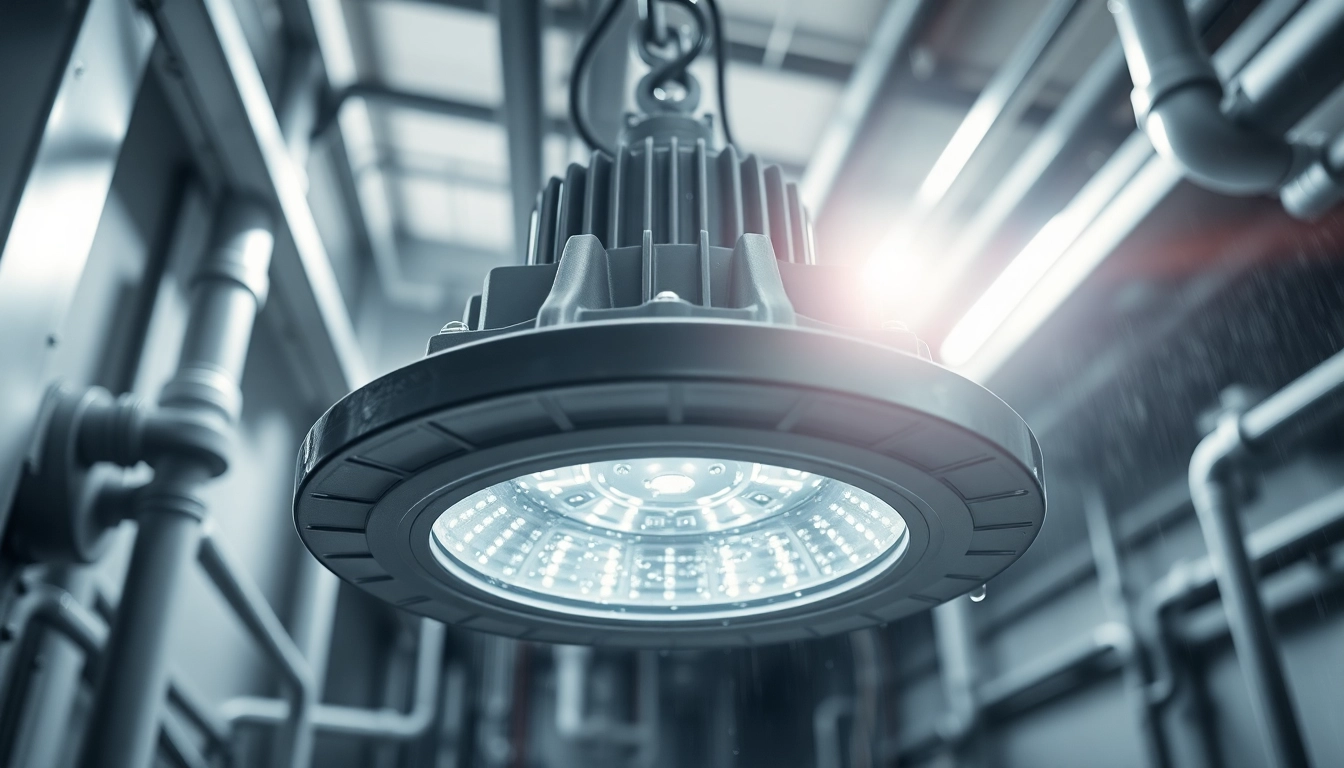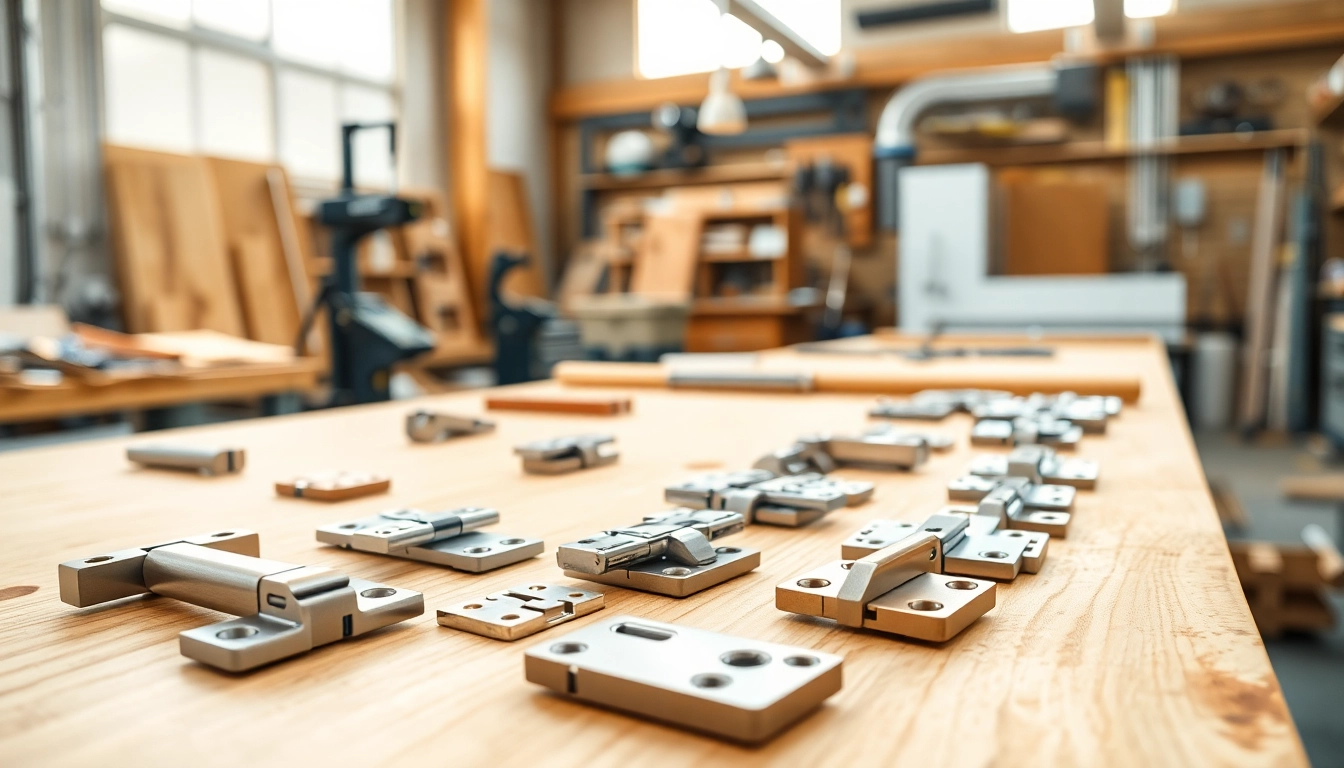The Importance of Vapor Tight Light Fixture in Industrial Settings
In environments that are susceptible to moisture, dust, and hazardous materials, traditional lighting solutions may fail to deliver. This is where the Vapor Tight Light Fixture proves invaluable. These fixtures are designed to withstand challenging conditions, ensuring optimum safety, energy efficiency, and durability, making them indispensable in industrial and commercial settings.
Understanding Vapor Tight Technology
Vapor tight technology is primarily focused on preventing any external contaminants from infiltrating a light fixture. This is accomplished through robust construction materials and sealing systems that protect sensitive internal components. The use of high-quality gaskets and protective enclosures ensures that vapor tight light fixtures can withstand extreme environmental conditions, while their construction allows for high-performance lighting without the fear of failure caused by external factors.
Applications Across Industries
Vapor tight light fixtures are utilized in a diverse range of applications across numerous industries:
- Food Processing Facilities: In areas where hygiene is paramount, these fixtures help to maintain a clean environment.
- Manufacturing Plants: Areas that experience dust, moisture, and the risk of chemicals benefit from vapor tight lighting solutions.
- Cold Storage: Their ability to operate efficiently in low-temperature environments makes them well-suited for refrigeration and freezer units.
- Packing/Shipping Areas: Protecting lighting fixtures from potential damage in these active areas is essential for safe operations.
Comparative Analysis of Lighting Options
When choosing lighting for industrial settings, several options may arise, such as fluorescent, LED, and high-intensity discharge (HID) lights. However, vapor tight fixtures built with LEDs stand out due to their energy efficiency and long lifespan compared to traditional options. They produce less heat, consume less energy, and have a higher lumen output per watt, making them a cost-effective solution in the long run.
Key Features of Vapor Tight Light Fixture
Durability and Construction Quality
The construction quality of a vapor tight light fixture is one of the fundamental elements contributing to its effectiveness. These fixtures often feature high-grade materials such as polycarbonate or glass lenses that are resistant to impact, ensuring that they maintain functionality even in the face of accidental impact. Additionally, metal housings, often finished with powder coating, resist corrosion, thus enhancing their longevity.
Energy Efficiency in Design
Energy efficiency remains a critical consideration in the selection of lighting solutions. Vapor tight light fixtures designed with LEDs consume significantly less energy than traditional lighting options. These fixtures provide substantial savings on electricity bills and also contribute to lower greenhouse gas emissions. Utilizing such fixtures not only promotes eco-friendliness but can also qualify businesses for energy efficiency incentives or tax credits.
Resistance to Environmental Conditions
Vapor tight light fixtures are engineered to endure extreme conditions, including high humidity, exposure to dust, and the potential for chemical spills. The tightly sealed construction, which effectively protects the internal electrical components, enables these lights to operate reliably in settings where other types of fixtures would quickly fail. They are often rated for wet or damp environments, making them versatile for various industrial settings.
Installation Best Practices for Vapor Tight Light Fixture
Preparation and Site Assessment
Before installation, conducting a thorough site assessment is critical. Key factors to consider include the size of the area, current electrical configurations, and specific environmental conditions. This preparation stage ensures that the right number of fixtures is used, preventing both under- and over-lighting scenarios.
Compliance with Safety Standards
Ensuring compliance with relevant electrical and safety codes is paramount during the installation process. Regulatory requirements vary by region and industry, so understanding local codes will aid in selecting the correct fixtures while assisting in avoiding costly violations in the future.
Step-by-Step Installation Guide
When installing vapor tight light fixtures, follow these general steps:
- Turn off electrical supply to the installation area.
- Use appropriate tools to remove the existing light fixtures if applicable.
- Securely mount the vapor tight fixture to the chosen surface, ensuring that it is positioned at the correct height.
- Connect electrical wiring following the manufacturer’s instructions, ensuring secure and correct connections.
- Restore power and test the fixture to ensure it operates as expected.
Maintenance Tips for Longevity of Vapor Tight Light Fixture
Regular Cleaning and Inspection
To maximize the lifespan and performance of vapor tight light fixtures, regular maintenance is essential. Dust and debris accumulation on lenses can significantly reduce light output. A routine cleaning schedule, utilizing non-abrasive cleaners, will ensure that the fixture continues to operate at peak efficiency. Additionally, periodic inspections should be carried out to identify any signs of wear or damage early. This proactive approach can prevent minor issues from escalating into costly repairs.
Identifying and Resolving Common Issues
Common issues with vapor tight light fixtures may include flickering, which can often be attributed to loose wiring or worn-out bulbs. Regularly checking the fixtures’ connections and ensuring that replacement parts conform to manufacturer specifications can often mitigate these issues. If persistent problems occur, consulting with a professional is advisable.
When to Replace the Fixture
Despite their durability, vapor tight fixtures have a lifespan that is finite. Knowing when to replace them is crucial. Typically, fixtures should be evaluated for replacement when they are consistently not performing to standards, exhibit significant physical damage, or have reached the end of their expected operational life. Several manufacturers provide guidelines on replacement intervals based on usage, which can help in proactive planning.
Future Trends in Vapor Tight Light Fixture Technology
Integration of Smart Features
The future of vapor tight light fixtures is likely to involve the integration of smart technology. Innovations such as wireless controls, motion sensors, and programmable settings offer enhanced efficiency and user capabilities. Businesses can look forward to light fixtures that can be monitored and controlled remotely, enabling tailored lighting solutions that align with operational needs while conserving energy.
Innovative Materials and Designs
Continued advancements in materials science may lead to even more robust designs that improve upon current technology. For instance, the development of ultra-lightweight yet durable materials could decrease installation complexities while maintaining performance standards. Likewise, aesthetic innovations may allow for better integration of lighting into environments without compromising functionality.
Adapting to Changing Regulatory Standards
As environmental regulations become stricter, vapor tight light fixtures will need to adapt to meet these changing standards. An increase in the adoption of energy-efficient practices means that manufacturers will focus on producing fixtures that comply with the latest energy conservation measures while maintaining performance and reliability.


